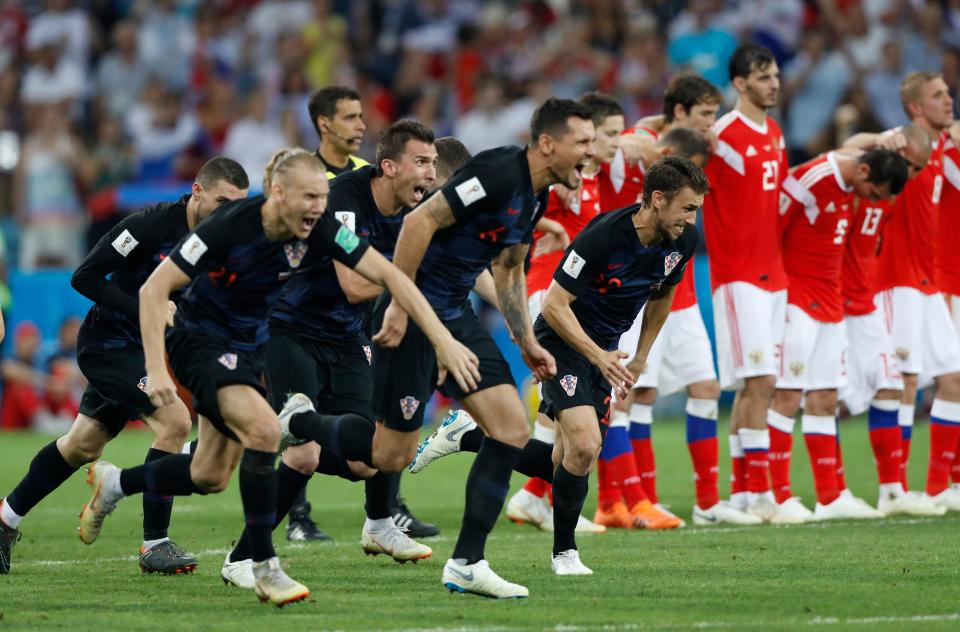What happens if a knockout game ends in a tie? World Cup extra time and penalty shootouts, explained
The 2022 World Cup is primed to deliver legendary moments of heartbreak and jubilation, with many matches being decided in their dying moments.
Qatar will see international soccer’s cream of the crop go head to head in the knockout stages. Some matches will undoubtedly need more than 90 minutes to determine a winner.
Two of the last three World Cup finals headed into extra time. In 2018, runner up Croatia won all of its knockout stage games in extra time or via penalty shootout. So overtime (FIFA calls it extra time) is surely on deck at this year’s tournament.
Here’s how it works.
Live updates: Follow the World Cup knockout stage
World Cup overtime rules
In the World Cup, only knockout stage games can go to extra time or end in a shootout. All group stage matches end after 90 minutes and stoppage time.
FIFA’s extra time rules are simple. If a match ends in a draw after 90 minutes – two halves of 45 minutes plus stoppage time (added time to compensate for time lost to injuries and other interruptions) – the game goes into extra time. The match is extended by 30 minutes, divided into two 15-minute periods with a short break in between.
Unlike in the National Football League regular season, for example, there is no sudden death rule (known as "golden goal" in soccer) in extra time. Teams play the full 30 added minutes, and the team with the lead at the end of the period wins. If things are still tied up after 120 total minutes of play, the game is settled with a penalty shootout.
USA eliminated: Netherlands knocks off USMNT in World Cup round of 16 with dominating 3-1 win

How do penalty shootouts work?
The referee blows the whistle to end extra time. The score is even. What happens next?
Each side will take turns shooting the ball from the penalty spot. The team who wins a coin toss decides which team will kick first. A goalkeeper stands in goal to try and stop the shot. The team that scores the most goals out of five tries wins. If one team scores more than the other could score even if it were to complete five kicks, the shootout ends, according to FIFA’s rules.
How does the World Cup work? The ultimate soccer showcase, explained
Where is the next FIFA World Cup? The 2026 tournament is coming to a city near you.
If the score is level after both teams take five kicks, the shootout continues until “one team has scored a goal more than the other from the same number of kicks,” according to FIFA.
A different player takes the kick each time. Only players who were on the field at the end of extra time can take a kick. The coach for each team determines the order in which his players will kick.
What is offside in soccer? Explaining the rule so you're prepared to watch the 2022 World Cup.
What are soccer's yellow card rules? How players get red cards, suspensions in World Cup
This article originally appeared on USA TODAY: World Cup 2022 overtime rules and penalty shootouts, explained

 Yahoo Sports
Yahoo Sports 